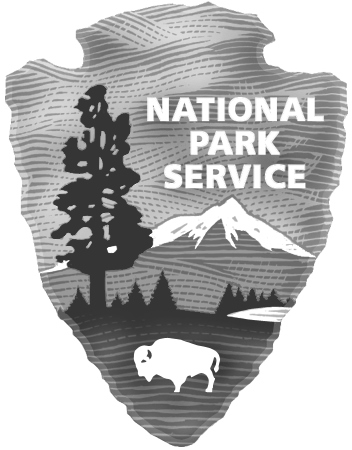In this lesson, students will consider how the landmark, the Statue of Liberty, does or does not represent people's feeling about being an American. The lesson involves oral history and writing as learning techniques.
The Statue of Liberty, Defining What it Means to Be An American
The Statue of Liberty, Defining What it Means to Be An American

Location
Type of Landmark
Topics
Learning Objectives
- Students will be able to understand the significance of landmarks as a means to identify important characteristics of our culture by identify and exploring examples of iconic landmarks.
- Students will be able to connect the historic and cultural importance of the Statue of Liberty and a primary source reading with our nation’s foundational principles and our current construct of what it means to be an American by connecting the parts of the Statue of Liberty story with student’s personal narratives.
Materials
- Multiple images of the Statue of Liberty
- Emma Lazarus Poem, "The New Colossus."
- What is a landmark worksheet.
- Statute of Libery worksheet
- New Colossus worksheet
- Oral history interview worksheet
- Essay Prompt
- Notes students have taken over the course of the Lesson.
Suggested Instructional Procedures
Day 1
1) Students will brainstorm as partners and complete a worksheet.
2) Students view an image of the State of Liberty and work with their partners to answer this worksheet (This is the landmark discovery worksheet to be used for evaluation).
3) Students and teacher will review the answers in a guided notes presentation and students will complete notes in the boxes.
Day 2
1) Students will read the primary source, “The New Colossus” by Emma Lazarus, which is inscribed on the pedestal of the Statue of Liberty.
2) After viewing this image students will consider the questions on this worksheet (This is the "New Colossus" worksheet to be used for evaluation).
Day 3
1) Students will complete two interviews of individuals from difference age groups asking the questions on, and using, this worksheet (provide students with two copies of the worksheet.) Added instructions include: your interview subjects will have different life experiences, so their reflections will offer unique perspectives.
A few guidelines: It is okay to ask relatives and ideally it would be helpful to talk to people with a story. For example, you may consider choosing senior citizens, immigrants, and people with a story different than your own.
2) Students will write a reflection based on their discovery of landmarks, interviews and our foundational principles. This should be a typed, formal paragraph addressing the following question.
What does being an American mean to me? (Essay Prompt here)
Vocabulary
Landmark: A distinguishing feature in a landscape.
Statue: A three dimensional work of art made of stone or metal, typically depicting an animal or a person.
Liberty: The state of being free within society from oppressive restrictions imposed by authority on one's way of life, behavior, or political views
Emma Lazarus: An American poet, born in 1849 who lived in New York City. She is best known for her poem "The New Colossus," which she wrote for and was sold in a charity auction to support the construction of the pedestal for the Statue of Liberty. The poem was placed in the pedestal in 1903.
End of Lesson Assessment
Students will be assessed formatively on class discussions, note taking and the Landmark Brainstorm Worksheet.
Students will be assessed in a summative manner by quality completion of:
- Statue of Liberty Landmark Discovery Worksheet
- Statue of Liberty Landmark Discovery “The New Colossus” Worksheet
- Worksheet Interview Response Worksheet
- Formal Written Reflection
Rubric provided here.
Subject
Grade Level
Duration of Lesson
Standards/Eligible Content
Author
Lisa Friedman, Middle School Teacher, New Jersey.
Funders/Sponsors
Cultures of Independence has been made possible in part by a major grant from the National Endowment for the Humanities: Celebrating 50 Years of Excellence
Any views, findings, conclusions, or recommendations expressed in this website or during the institutes, do not necessarily represent those of the National Endowment for the Humanities.
Additional funding is being provided by Wells Fargo through HEAD for the Future, its partnership with HSP, and by Independence National Historical Park.


Attention Teachers!
Let us know how you used this plan and be featured on our site! Submit your story here.
